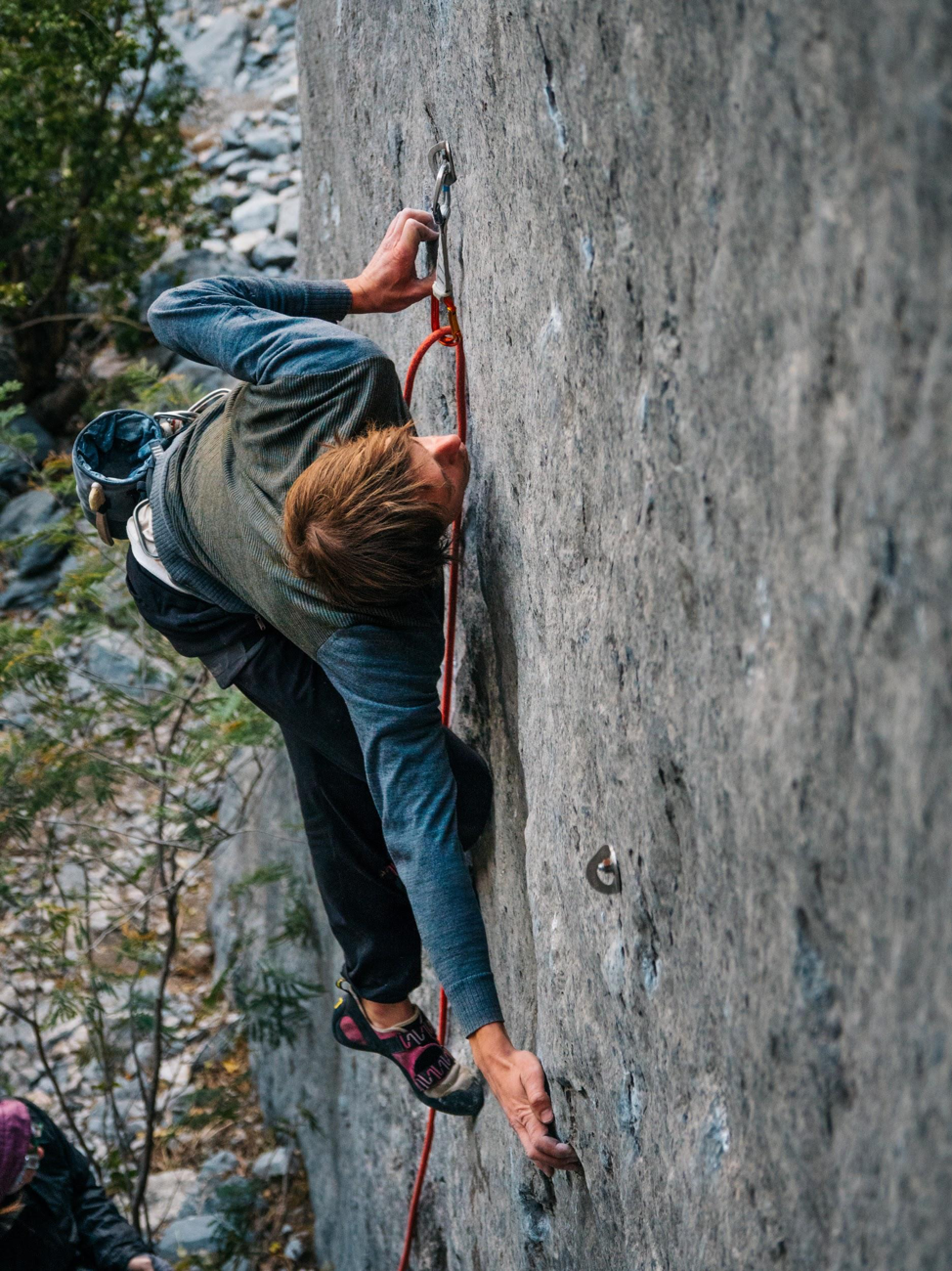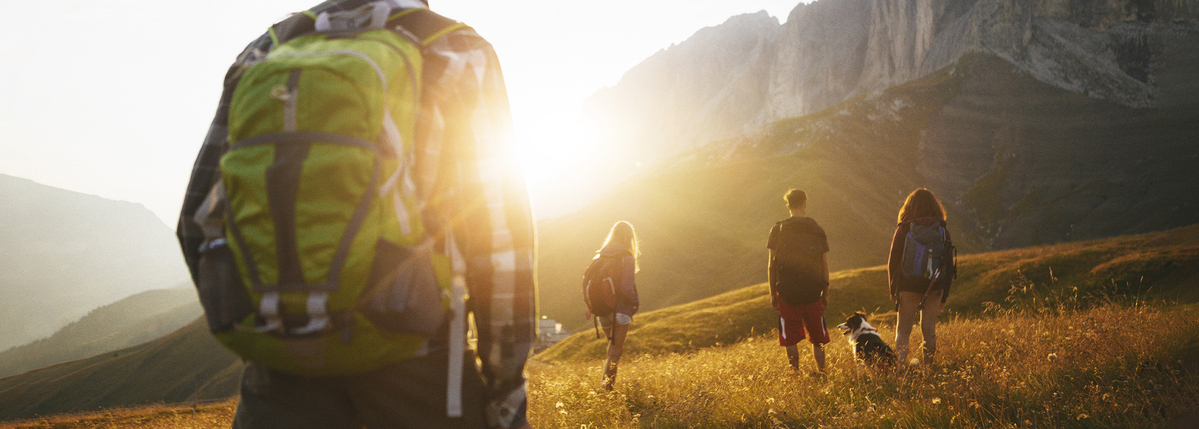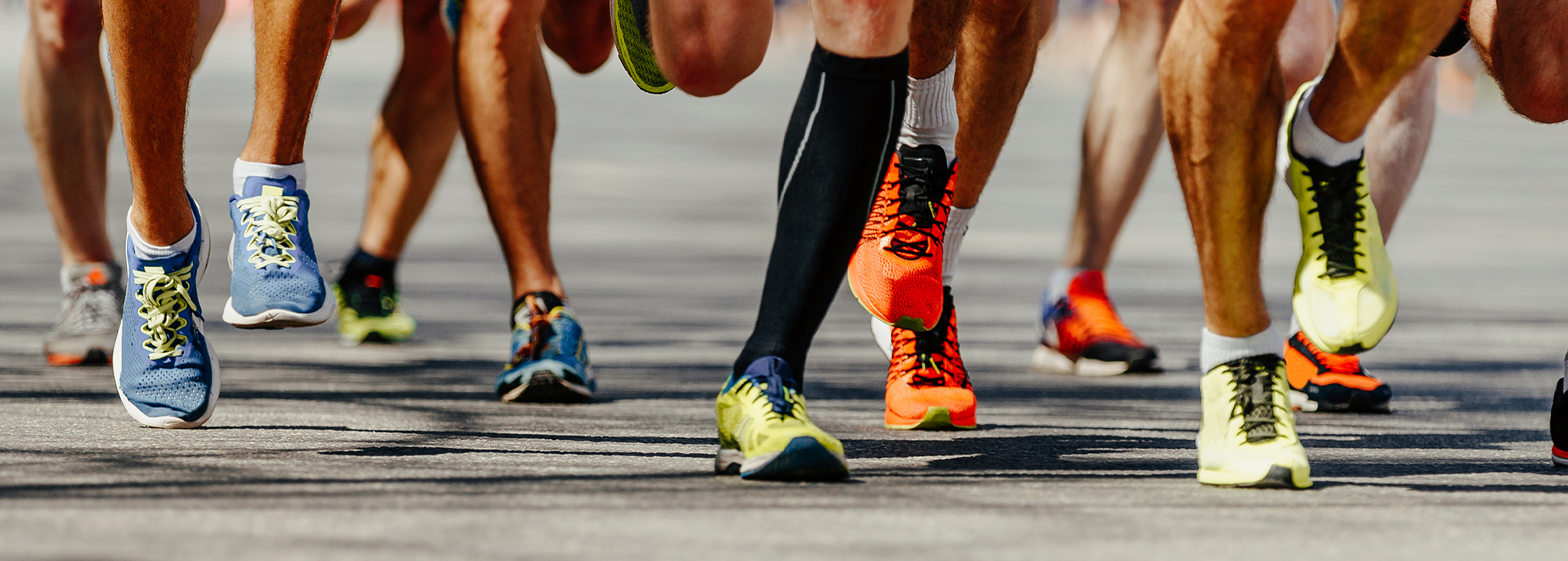Tips for Beginning Climbers with T1D
Written by: Carter Clark
2 minute read
March 6, 2019
Access is closer than you think
If your knowledge of climbing is through epic photos on social media, it may seem like access to climbing destinations is always hard to get to. Having a climb with an easy approach (the route from the car to the start of the climb) is a good starting point. The person who is teaching you will know what the different approach options are and can find one that fits your comfort level.
Quick access to your bag is also something you’ll think about. Beginner climbers most often start out climbing single pitch routes. This means that the bag you bring with you is never more than a minute away. You can always be lowered back to the ground quickly, even while you’re climbing, if that is what you feel like you need to do.

Create less variables with insulin and food
The best way for me to control type 1 variables is by eating low carb, especially on days when I am going to be out at the rock all day. With less carbs, I have to do less insulin, which reduces the chances of a low. Higher fat foods keep me energized and sustained, so things like avocados, nuts, eggs and cheese are often a part of my climbing day diet. Eating like this also takes away the plummeting energy levels that happen if you are trying to sustain yourself for a long time on high sugar foods.
Put your sites away from your harness
If you use a pump or continuous glucose monitor (CGM), be aware of where your site is in comparison to your harness. Having anything in my hips tends to be a bad idea. Legs site can work for me, but I intentionally place the site higher or lower than where my harness sits. Unless you’re climbing an off-width or a chimney (if you’re a beginner, you won’t be), arms are great. Once you’re climbing rock like that, you’ll have all of this figured out on your own anyways.
 Seriousness of belaying
Seriousness of belaying
Whenever I am high or low, my head is foggier than when I am hanging out in a good range—not that I am “out of it” or it is even noticeable to others, but my focus is not as attentive as normal. If you are a new climber, you will also be a new belayer. When this responsibility is yours, make sure that you are happy with where your numbers are and your head can 100 percent focus on belaying your partner. I will turn down belaying someone when my numbers are slightly off faster than I will turn down climbing. Take the responsibility of belaying seriously and you’ll be good.
Calloused fingers
While this isn’t a tip, it is something nice to know. The climber in me knows the status of my fingers at all times. The tips of your fingers are most likely already calloused from testing your blood sugar. When you are climbing sharp rock, your fingers will handle it better than the non-blood sugar testing people around you. Revel in that for a bit. We don’t get wins like this all the time.
I have climbed all over the world and determine a lot of my life plans around being near good rock. It is a lifestyle that I am thankful for to the ends of the earth. Type 1 diabetes (T1D) has no ability to stop you from doing the same. I have had every issue with diabetes that there is, especially in regards to lows. Proper caution and preparation make everything in the world of climbing possible. If you want to get out there and start doing it, don’t let your head convince you it is too much. As always, you can shoot me an e-mail at [email protected] if you have more specific questions—I’d love to hear from you!

Author
Carter Clark
Carter Clark has been in motion for the majority of her life. She spent much of her adulthood in Panamá, but is now back to being all over the place. As a climber, she tries to spend more time in the mountains than anywhere else. She is a professional photographer and has had type 1 since 1996.
Related Resources

Living with any type of diabetes can make traveling a little more challenging but not...
Read more

It’s unusual to hear of any freebies related to having diabetes, but the United States...
Read more

Alexi was a member of the 2021 Beyond Type Run team. The 2024 Beyond Type...
Read more

